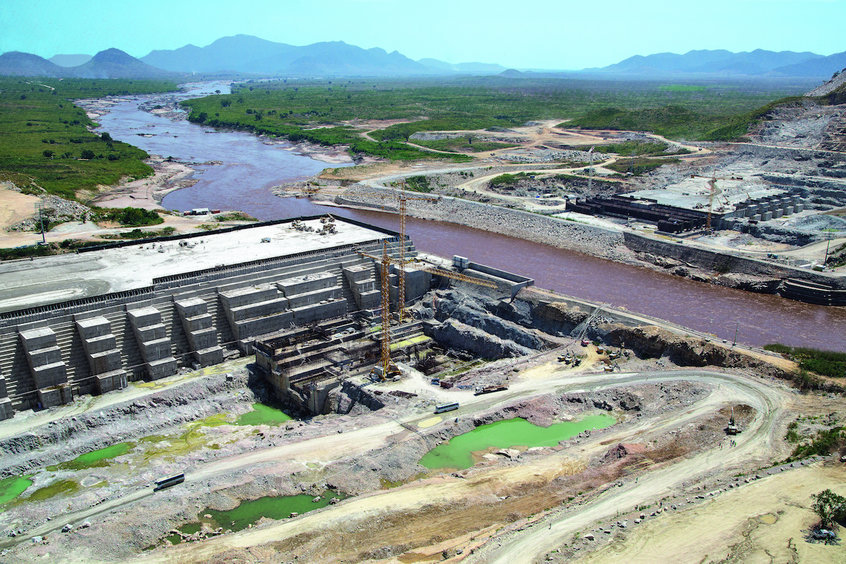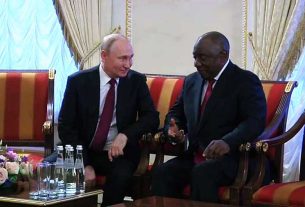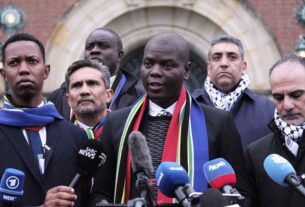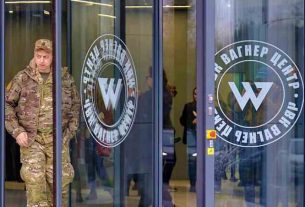Ethiopia’s massive dam project on Nile River has caused tensions with neighbors Egypt, Sudan
Officials from Egypt, Ethiopia, Sudan, U.S. and the World Bank announced Friday they agreed on how to fill and operate a dam on the Nile River and to manage drought and other concerns.
After four days of talks in Washington on the so-called Grand Ethiopian Renaissance Dam (GERD), foreign ministers and water resource chiefs said they reached a provisional deal on the vast construction scheme.
They are set to sign a final agreement by the end of February.
“The ministers recognize the significant regional benefits that will result from this agreement and from the operation of the dam with respect to transboundary cooperation, regional development and economic integration,” said the statement.
“The ministers reaffirmed the importance of transboundary cooperation in the development of the Blue Nile to improve the lives of the people of Egypt, Ethiopia, and Sudan.”
According to the statement, the ministers agreed on a “schedule for a stage-based filling” of the dam, and on technicalities of operating the dam during “drought, prolonged drought, and prolonged periods of dry years.”
The deal also includes a “coordination mechanism and provisions for the resolution of disputes,” the statement said.
It was struck after U.S. President Donald Trump spoke about the dam by telephone Friday with Egyptian Prime Minister Abiy Ahmed.
The three African countries have been in talks on GERD since March 2015, when they adopted a declaration covering the principle of causing “no significant harm” to downstream countries.
The ongoing construction of the dam on the Blue Nile, a Nile River tributary, has proven controversial.
Ethiopia hails it as a critical step in its economic development, but Egypt fears the dam will reduce its traditional share of Nile waters, defined in a 1959 treaty.
-Anadolu Agency





